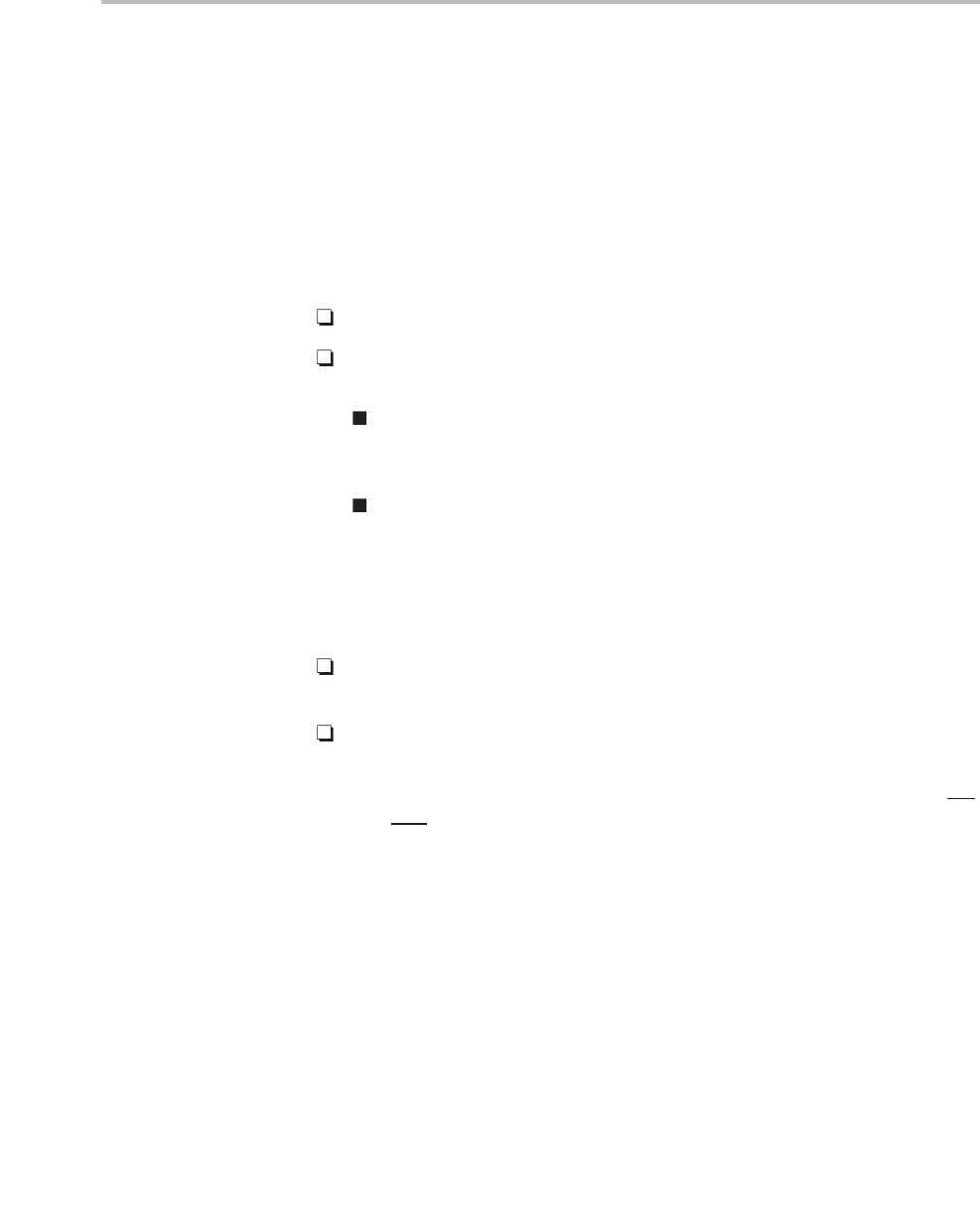User manual
Table Of Contents
- Read This First
- Contents
- Figures
- Tables
- Examples
- Cautions
- Introduction
- Architectural Overview
- Central Processing Unit
- Memory and I/O Spaces
- Program Control
- Addressing Modes
- Assembly Language Instructions
- Instruction Set Summary
- How To Use the Instruction Descriptions
- Instruction Descriptions
- ABS
- ABS
- ADD
- ADD
- ADD
- ADD
- ADDC
- ADDC
- ADDS
- ADDS
- ADDT
- ADDT
- ADRK
- AND
- AND
- AND
- APAC
- APAC
- B
- BACC
- BANZ
- BANZ
- BCND
- BCND
- BIT
- BIT
- BITT
- BITT
- BLDD
- BLDD
- BLDD
- BLDD
- BLDD
- BLPD
- BLPD
- BLPD
- BLPD
- CALA
- CALL
- CC
- CC
- CLRC
- CLRC
- CMPL
- CMPR
- DMOV
- DMOV
- IDLE
- IN
- IN
- INTR
- LACC
- LACC
- LACC
- LACL
- LACL
- LACL
- LACT
- LACT
- LAR
- LAR
- LAR
- LDP
- LDP
- LPH
- LPH
- LST
- LST
- LST
- LST
- LT
- LT
- LTA
- LTA
- LTD
- LTD
- LTD
- LTP
- LTP
- LTS
- LTS
- MAC
- MAC
- MAC
- MAC
- MACD
- MACD
- MACD
- MACD
- MACD
- MAR
- MAR
- MPY
- MPY
- MPY
- MPYA
- MPYA
- MPYS
- MPYS
- MPYU
- MPYU
- NEG
- NEG
- NMI
- NOP
- NORM
- NORM
- NORM
- OR
- OR
- OR
- OUT
- OUT
- PAC
- POP
- POP
- POPD
- POPD
- PSHD
- PSHD
- PUSH
- RET
- RETC
- ROL
- ROR
- RPT
- RPT
- SACH
- SACH
- SACL
- SACL
- SAR
- SAR
- SBRK
- SETC
- SETC
- SFL
- SFR
- SFR
- SPAC
- SPH
- SPH
- SPL
- SPL
- SPLK
- SPLK
- SPM
- SQRA
- SQRA
- SQRS
- SQRS
- SST
- SST
- SUB
- SUB
- SUB
- SUB
- SUBB
- SUBB
- SUBC
- SUBC
- SUBS
- SUBS
- SUBT
- SUBT
- TBLR
- TBLR
- TBLR
- TBLW
- TBLW
- TBLW
- TRAP
- XOR
- XOR
- XOR
- ZALR
- ZALR
- On-Chip Peripherals
- Synchronous Serial Port
- Asynchronous Serial Port
- TMS320C209
- Register Summary
- TMS320C1x/C2x/C2xx/C5x Instruction Set Comparison
- Program Examples
- Submitting ROM Codes to TI
- Design Considerations for Using XDS510 Emulator
- E.1 Designing Your Target System’s Emulator Connector (14-Pin Header)
- E.2 Bus Protocol
- E.3 Emulator Cable Pod
- E.4 Emulator Cable Pod Signal Timing
- E.5 Emulation Timing Calculations
- E.6 Connections Between the Emulator and the Target System
- E.7 Physical Dimensions for the 14-Pin Emulator Connector
- E.8 Emulation Design Considerations
- Glossary
- Index

Interrupts
5-15
5.6 Interrupts
Interrupts are hardware- or software-driven signals that cause the ’C2xx to
suspend its current program sequence and execute a subroutine. Typically, in-
terrupts are generated by hardware devices that need to give data to or take
data from the ’C2xx (for example, A/D and D/A converters and other proces-
sors). Interrupts can also signal that a particular event has taken place (for ex-
ample, a timer has finished counting).
The ’C2xx supports both software and hardware interrupts:
A
software interrupt
is requested by an instruction (INTR, NMI, or TRAP).
A
hardware interrupt
is requested by a signal from a physical device. Two
types exist:
External
hardware interrupts are triggered by signals at external inter-
rupt pins. All these interrupts are negative-edge triggered and should
be active low for at least one CLKOUT1 period to be recognized.
Internal
hardware interrupts are triggered by signals from the on-chip
peripherals.
If hardware interrupts are triggered at the same time, the ’C2xx services them
according to a set priority ranking. Each of the ’C2xx interrupts, whether hard-
ware or software, can be placed in one of the following two categories:
Maskable interrupts.These are hardware interrupts that can be blocked
(masked) or enabled (unmasked) through software.
Nonmaskable interrupts. These interrupts cannot be blocked. The
’C2xx will always acknowledge this type of interrupt and branch from the
main program to a subroutine. The ’C2xx nonmaskable interrupts include
all software interrupts and two external hardware interrupts: reset (RS
)
and NMI
.
5.6.1 Interrupt Operation: Three Phases
The ’C2xx handles interrupts in three main phases:
1) Receive the interrupt request. Suspension of the main program must be
requested by a software interrupt (from program code) or a hardware inter-
rupt (from a pin or an on-chip device).
2) Acknowledge the interrupt. The ’C2xx must acknowledge the interrupt
request. If the interrupt is maskable, certain conditions must be met in or-
der for the ’C2xx to acknowledge it. For nonmaskable hardware interrupts
and for software interrupts, acknowledgement is immediate.
Program Control










